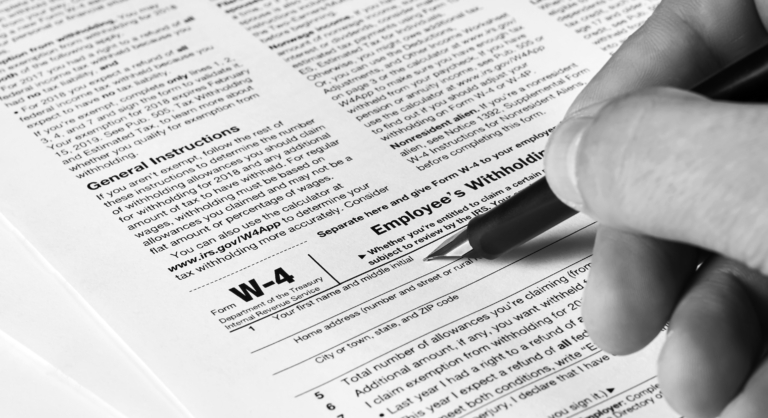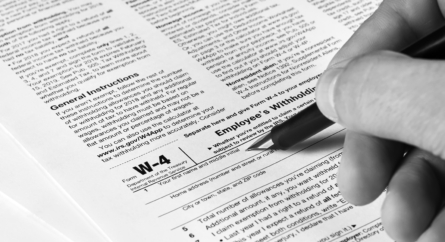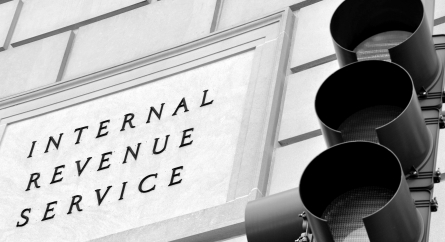Update Your 2024 Tax Withholding to Avoid Year-End Surprises
Now that the 2023 tax filing season is underway, many taxpayers are having an unpleasant surprise when they file their tax return this year and find out they are getting a much smaller refund than they were expecting, or worse, have a balance due.
Taxpayers who have investments such as mutual funds are vulnerable to owing additional tax when filing their tax returns, as are savers who can now routinely earn 5% or more with a Bank Certificate of Deposit, because the interest earned is taxable.
As we previously discussed, young people new to the full-time work force can be vulnerable to incorrect tax withholding.
While it is too late to adjust 2023 tax withholding, it is a perfect time for taxpayers to change their tax withholding to avoid a surprise when filing their 2024 taxes.
The Internal Revenue Service website has a tool to assist taxpayers in determining the correct payroll tax withholding.
Armed with a recent pay stub and a copy of last year’s tax return, taxpayers can perform a payroll check-up and, if necessary, adjust their payroll tax withholding to avoid an unpleasant surprise when they file their 2024 tax returns. To change their federal tax withholding, taxpayers will want to complete a new W-4 and submit it to their payroll department.
The Form W-4 was redesigned in 2020 to closely align tax withholding with expected tax liability. Taxpayers who change jobs during the year might be surprised to find out their new employer withheld tax based on the new W-4 and not based on the old rules (for example, the new W-4 does not allow for the old practice of claiming zero exemptions).
In some cases, it may make sense for taxpayers to request that their employer withhold an additional amount of tax. For example, some taxpayers rely on tax refunds as a form of forced savings. Taxpayers with additional part-time employment or investment earnings may also want to request additional tax withholding from their full-time job. To request additional withholding, taxpayers should include an amount on line 4(c) of the Form W-4. It’s important to note that the additional amount on line 4(c) is withheld per pay period. For example, if a taxpayer requests an additional $30 per pay period, and the taxpayer is paid 26 times a year, the additional tax withheld would be $780. This additional withholding can offset the tax associated with part-time employment or investment income, or can simply act as forced savings.
Categorized: Taxes
Tagged In: IRS, payroll tax withholding, tax returns, W-4













